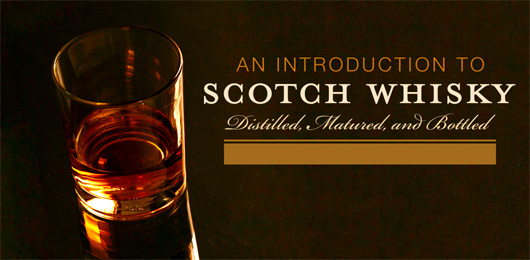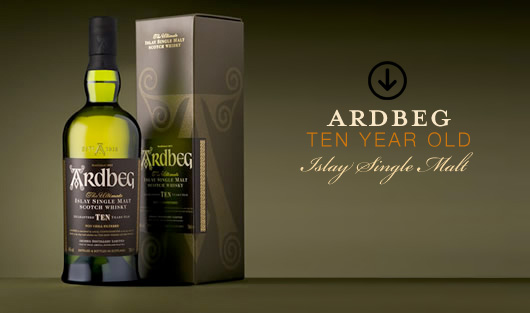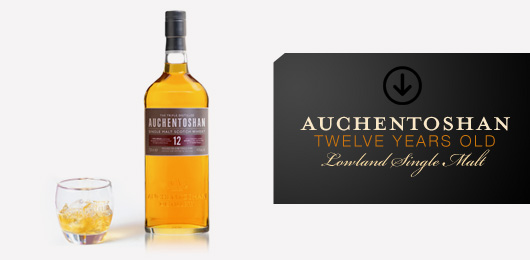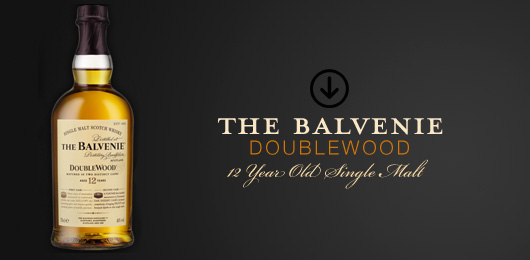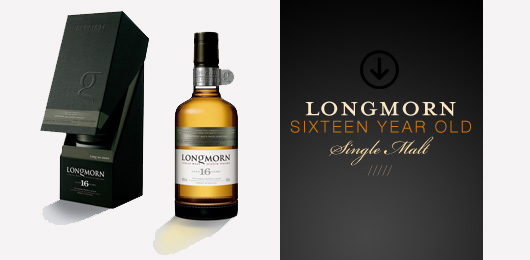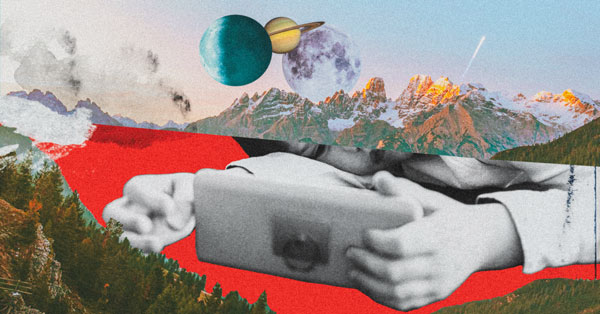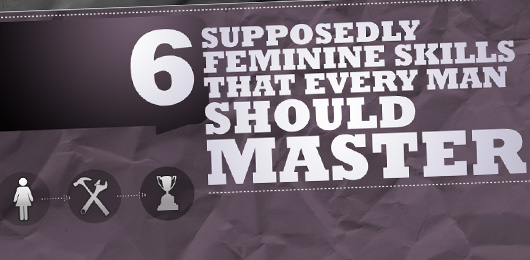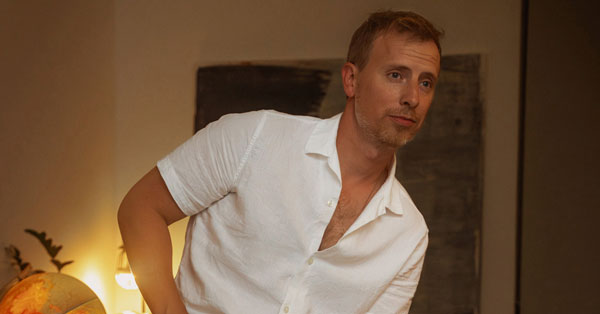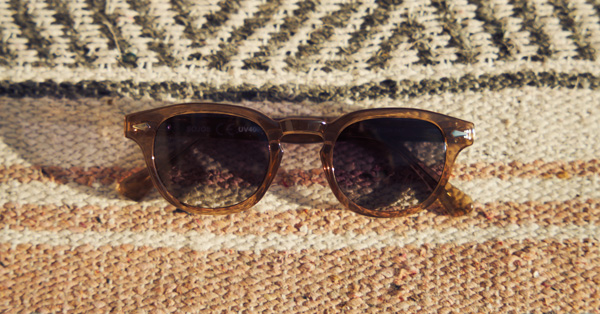If you've grown up hearing scotch whisky is a gentleman's drink but still know nothing about the subject, don't worry you're not alone. Let our guide to scotch demystify the fundamentals and get your evening started with four introductory selections.
By Luke Steele of The Aspiring Gentleman
I used to be really, really into beer. I had tried every brand I could get my hands on and even brewed some myself. I was intimately familiar with the different types of barley and hops, the fermentation process, and each brewery’s history. I was amazed at the incredible variety in appearance, flavor, and smell that could be obtained from so few ingredients. I was confident that beer was the Holy Grail for a man’s palate. Then I started drinking scotch.
It’s a scary step to take. The jump from 5 to 40+% alcohol, the distillation process, the regions and production methods. The more you learn, the more you start to see the similarities between beer and whisky. Both industries are controlled by a handful of large corporations. Both products use the same primary ingredients – barley, water, and yeast (the exception being hops) – and the tasting skills largely carry over. In what follows I hope to demystify the world of whisky a bit and give you some suggestions for taking your first steps into the world of whisky.
Whiskey or Whisky?
Whisky goes by many names. That produced in Scotland is termed “scotch” or “scotch whisky.” In Ireland and the US an “e” is added to make “whiskey.” While most whiskies are made with barley, those made with corn and rye are called bourbon and rye, respectively. Additionally, many whiskies are blends from various distilleries and maltings; those made only from a single distillery are called “single malt.” Put that all together, and you can deduce that the infamous “single malt scotch” is simply whisky made in Scotland from a single distillery.
How It’s Made
I’ll admit to not knowing any of the above when I first started enjoying whisky. I don’t think I even put together that the Canadian Club (rye) and the Buffalo Trace (bourbon) on my shelf were in the same family of spirits. Only through learning the process of making whisky did I really understand.
First, barley is soaked and allowed to germinate slightly before heat is applied to cease the germination. If this heating is done with peat moss, the whisky will take on a smoky, oily character. Next, the dried barley (now called malt) is ground up, heated in hot water (where it becomes wort), and allowed to ferment using yeast (where it becomes wash). Once fermented, the alcohol is extracted from the wash, which has 5-8% alcohol. Since alcohol boils at a lower temperature than water (78 vs. 100 degrees Celsius), you can easily extract the alcohol by heating the wash to just below 100 degrees Celsius and capturing the boiled alcohol in the form of steam. This steam is then condensed to create a liquid with much higher alcohol content. After repeating the distillation process 1 or 2 more times, the resulting liquid is then stored in oak barrels for a few years (depending on the country), at which point it can be officially called “whisky”!
Different Varieties
While whisky is produced in Japan, the US, Ireland, and elsewhere, the most famous of all is Scotland. Traditionally divided into geographical regions, the diversity within regions makes broad generalizations useless. A couple points still hold, though. Firstly, the Lowlands of the south-east are known for producing mild whiskies, while the islands of the west are known for strong, peaty whiskies. Let’s take a look at a few delicious and easily accessible whiskies and how they epitomize the regions in which they’re from.
Ardbeg 10 Year Old: Situated on the island of Islay (pronounced eye-la), the Ardbeg distillery was founded in 1815, was closed for almost a decade in the 1980’s, and is now owned by French company LVMH, which strangely also owns Louis Vuitton and other fashion labels. Despite its corporate owners, Ardbeg still creates several great whiskies, the most accessible being the 10 year old. Smell a dram of this whisky, and you’ll immediately understand the effect that peat has on a whisky. With all that peaty smokiness and a complex malty character, Ardbeg 10 year old is sweet yet spicy, smoky yet smooth. For a fine example of an island scotch, look no further. I have a nearly-finished bottle on my shelf as I write this.
Auchentoshan 12 Year Old: One of only 3 distilleries in the Scottish Lowlands, Auchentoshan’s practice of triple distillation results in a very gentle and smooth aroma. The use of old sherry casks for aging leads to a delicate blend of fruit, floral, and syrup flavors. Don’t let this distillery’s ownership by Japanese giant Suntory discourage you. This is a fabulous way to try out a whisky from the Lowlands at a reasonable price.
The Balvenie Double Wood: Founded in 1892, the Balvenie distillery now produces over 5 million liters of whisky per year. Despite this enormous capacity, there are still several distilleries in the Speyside region producing more (Macallan, Glenfiddich, The Glenlivet, Glenrothes, to name a few). I chose Balvenie because of their Double Wood offering: bottled at 40%, the whisky spends the majority of its 12 years of aging in old bourbon casks before being finished in sherry casks, making it complex yet delicious. This is one of my favourites; so much so that I’ve reviewed it in the past.
Longmorn 16 Year Old: Longmorn is yet another distillery in Speyside making smooth, balanced, yet flavourful whiskies. Now owned by Pernod Ricard (yet another French company with considerable scotch holdings), the distillery has recently changed its primary offering from a 15 to a 16 year old. Along with the extra year of aging comes a moderate price increase and some very nice packaging. The whisky has a nose of fruit, toffee and nuts, and is smooth and spicy on the palate. The finish is woody, with a slight sulphur overtone. As another Speyside, definitely consider the Longmorn 16 – another I’ve reviewed before – for your next purchase.
I can say without hesitation I haven’t done whisky justice in this brief article. There are large books on whisky production alone, yet I’ve attempted to summarize it in one paragraph. There are literally hundreds if not thousands of whiskies out there worthy of your tastebuds, yet I have shown only four varieties from three regions. Before I wrap up, let me highlight that just because single malt scotch is the most famous variety of whisky doesn’t necessarily make it superior. Buffalo Trace and other manufacturers make some excellent bourbons right in the USA. The Famous Grouse is a tasty (and affordable) blended scotch. Canadian Club makes a fabulous rye (the 8 Year Reserve) at about $20 a bottle. A friend of mine – a serious whisky connoisseur – counts Jameson Irish whiskey as one of her favourites. So cast your net wide; find a local bar that has reasonably priced drams, and figure out what you like. Taste, smell, and taste some more. Only then will you understand the tremendous complexity and depth within every dram.
Eager for more? Check out our “A Glass of the Good Stuff: A Gentleman’s Guide to Whiskey” or Shaefer's “The Art of Manliness Guide to Scotch Whisky.”



